Stainless steel, a remarkable alloy with a rich history, has become an indispensable material in modern industries and everyday life. Its name, “stainless,” conveys its unique property of resisting stains and corrosion, setting it apart from traditional carbon steel. In this comprehensive article, we will delve deep into the origins, properties, and fascinating chemistry behind stainless steel. We will explore the role of chromium, the primary alloying element responsible for its stainless nature, as well as other essential elements, grades, and applications. Additionally, we will examine its sustainability, limitations, future prospects, and how this alloy has shaped our world.
Learn more about more stainless steel wiki:

The Genesis of Stainless Steel
The story of stainless steel began in the early 20th century when metallurgists sought to develop a corrosion-resistant material to combat the effects of industrial environments. In 1913, English metallurgist Harry Brearley, while working on gun barrels, inadvertently discovered a steel alloy with a high chromium content.
This chance finding revealed that the new alloy exhibited exceptional resistance to rust and corrosion compared to traditional carbon steel.
The Role of Chromium in Stainless Steel
The key to stainless steel’s stainlessness lies in the presence of chromium. Chromium, when added to steel in significant quantities (usually at least 10.5%), reacts with oxygen in the atmosphere to form a thin, invisible, and self-repairing oxide layer on the steel’s surface. This layer, mainly composed of chromium oxide (Cr2O3), acts as a barrier, shielding the underlying metal from corrosive elements, moisture, and contaminants. We will delve into the chemical reactions and properties that make this oxide layer highly protective.
The Crucial Role of Alloying Elements
While chromium is the primary element responsible for the stainless nature of the alloy, other alloying elements play crucial roles in defining its specific properties. Nickel, molybdenum, and nitrogen are often added to stainless steel in varying amounts to enhance attributes such as strength, formability, resistance to extreme temperatures, and corrosion resistance in specific environments. We will explore the effects of each of these elements on stainless steel’s performance.
Modern Stainless Steels and Their Uses
Modern stainless steels are a diverse group of alloys with a wide range of properties and applications. These advanced materials have evolved over the years, thanks to continuous research and development efforts in metallurgy. In this article, we will explore some of the most common modern stainless steels and their various uses in different industries.
Austenitic Stainless Steels:
Austenitic stainless steels are the most widely used and versatile type of stainless steel. They are characterized by their face-centered cubic (FCC) crystal structure, which imparts excellent formability, ductility, and corrosion resistance. The most common grades include:
- 304/304L: These grades are the standard “18-8” stainless steels, containing 18% chromium and 8% nickel. They are widely used in kitchen utensils, food processing equipment, architectural applications, and industrial equipment.
- 316/316L: Adding molybdenum to 304 stainless steel enhances the corrosion resistance, making it suitable for marine environments, chemical processing, pharmaceuticals, and medical devices.
- 321: This grade contains titanium, offering improved high-temperature strength and resistance to intergranular corrosion. It finds applications in aircraft exhaust systems, furnace components, and automotive exhaust manifolds.
- 347: Similar to 321, but with niobium added for stabilization against intergranular corrosion during welding. It is commonly used in chemical processing equipment and high-temperature applications.
Ferritic Stainless Steels:
Ferritic stainless steels have a body-centered cubic (BCC) crystal structure, making them less ductile than austenitic steels but offering good corrosion resistance. They are often used in automotive applications and some architectural components.
- 430: This grade contains 16-18% chromium and finds applications in automotive trim, kitchen appliances, and indoor architectural features.
- 444: With increased chromium content and additions of molybdenum and niobium, this grade exhibits superior resistance to chloride-induced stress corrosion cracking. It is commonly used in heat exchangers and wastewater treatment plants.
Martensitic Stainless Steels:
Martensitic stainless steels have a body-centered tetragonal (BCT) crystal structure and are known for their high strength and hardness. They are often used in applications requiring wear resistance and mechanical properties.
- 410: This grade has moderate corrosion resistance and high strength, making it suitable for cutlery, pump parts, and valve components.
- 420: With increased carbon content, this grade offers improved hardness and wear resistance, making it commonly used in surgical instruments, cutting tools, and ball bearings.
Duplex Stainless Steels:
Duplex stainless steels have a mixed microstructure of austenite and ferrite, providing an excellent combination of strength and corrosion resistance. They are commonly used in chemical processing, oil and gas, and marine environments.
- 2205: This grade, with 22% chromium and 5% nickel, offers good resistance to chloride-induced stress corrosion cracking and pitting. It finds applications in offshore platforms, heat exchangers, and desalination plants.
- 2507: With higher chromium, molybdenum, and nitrogen content, 2507 offers even greater resistance to corrosive environments, such as in chemical processing and seawater applications.
Precipitation-Hardening Stainless Steels:
Precipitation-hardening stainless steels can be heat-treated to achieve high strength and hardness. They are used in aerospace, nuclear, and medical industries.
17-4 PH: With a combination of chromium, nickel, copper, and niobium, this grade is heat-treated to achieve high strength and is used in aerospace components, turbine blades, and surgical instruments.
Super Duplex Stainless Steels:
Super duplex stainless steels are a subgroup of duplex stainless steels with even higher chromium, molybdenum, and nitrogen content. They offer exceptional strength and corrosion resistance, making them suitable for challenging environments.
S32750 (SAF 2507): This grade is widely used in offshore and marine applications, chemical processing, and oil and gas industry equipment.
Modern stainless steels encompass a wide range of alloys, each designed to meet specific requirements in different industries. Their exceptional properties, including corrosion resistance, strength, and formability, make them essential materials in applications ranging from everyday household items to critical components in aerospace and medical technologies. As technology and research progress, we can expect further innovations and refinements in stainless steel, opening up new possibilities for the future.
Stainless Steel in Everyday Life
Stainless steel’s versatility and durability have led to its widespread adoption in various sectors. We will explore its ubiquitous presence in everyday items such as kitchen utensils, cutlery, appliances, and consumer electronics. Its non-reactive nature with food and the ability to maintain a lustrous appearance make it a favorite material in the food industry, medical devices, and pharmaceutical applications.
Stainless Steel in Challenging Environments
One of the most remarkable aspects of stainless steel is its ability to perform exceptionally well in harsh and corrosive environments. We will explore its applications in marine environments, chemical processing plants, oil and gas installations, and coastal infrastructure, where it provides critical protection against corrosion and degradation. Additionally, we will examine its use in architecture and building materials, ensuring structures withstand exposure to the elements over extended periods.
The Sustainability of Stainless Steel
In an era of growing environmental concerns, stainless steel’s eco-friendliness and sustainability become significant factors. We will delve into the life cycle assessment of stainless steel, considering aspects such as raw material extraction, energy consumption during production, its long lifespan, and the potential for recycling. The recyclability of stainless steel reduces the need for constant replacements, making it an eco-conscious choice for various applications.
Limitations and Challenges of Stainless Steel
While stainless steel possesses remarkable properties, it is not without limitations and challenges. We will discuss factors such as energy-intensive production processes, raw material availability, surface contamination during fabrication, and certain environmental conditions that can still cause corrosion in specific grades.
Innovations and Advancements in Stainless Steel Technology
Continued research and technological advancements in metallurgy have led to the development of new types of stainless steel with enhanced properties. We will highlight some of the recent breakthroughs, such as nanostructured stainless steel, designer alloys, and ultra-high-strength variants, and explore their potential applications in cutting-edge industries.
The Future of Stainless Steel
As we move towards an increasingly interconnected and sustainable world, stainless steel will continue to play a pivotal role. We will explore potential trends and innovations in stainless steel applications, such as in renewable energy infrastructure, aerospace, and advanced medical devices. Furthermore, we will discuss how stainless steel can contribute to achieving sustainability goals and address future challenges.
Stainless steel’s remarkable resistance to stains and corrosion has transformed it into a versatile and indispensable material that shapes our lives and the world around us. From its accidental discovery by Harry Brearley to its diverse applications in virtually every sector, stainless steel’s journey has been an inspiring testament to human ingenuity. As we move forward, stainless steel’s sustainability, innovation, and adaptability will continue to drive its global relevance, ensuring it remains at the forefront of modern materials for generations to come.
Sourcing Simplified – Start Your Next Project With Be-Cu
For all your stainless steel fabrication and finishing needs, Be-Cu has you covered. We’re experts at producing custom CNC machined stainless steel parts, in a variety of materials, and we simplify custom part sourcing with intelligent, streamlined, automated workflows.Be-Cu is your operating system for custom manufacturing that makes part procurement faster, easier, and more efficient.
-

Large CNC Turning Inconel 625 Automobile Engine Camshafts
-

Swiss Machining And Bending 304 Hand Sewing Needle For Textile Machinery
-
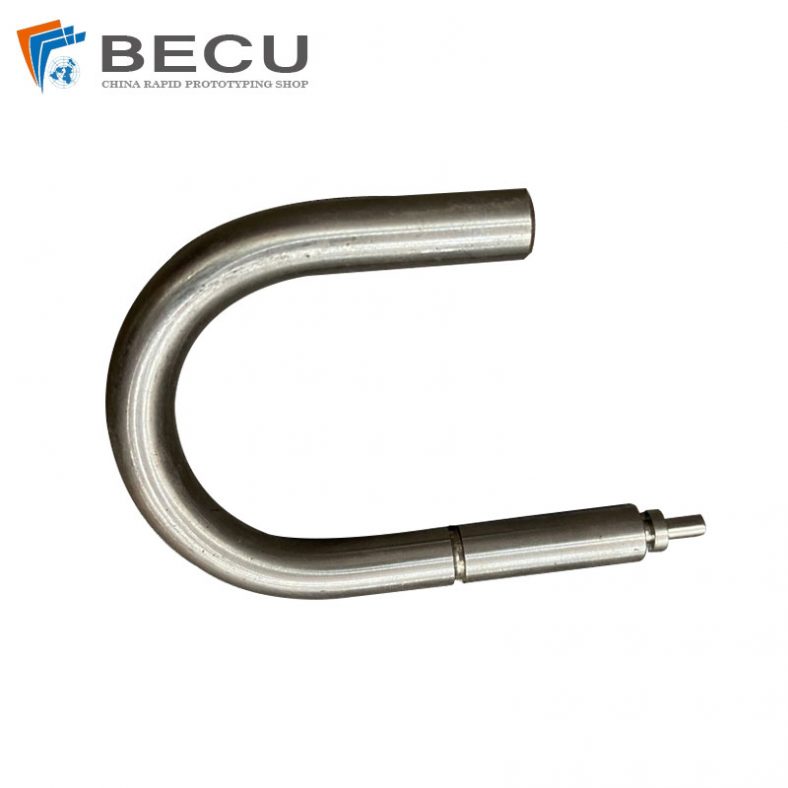
Automatic Swiss Turning Stainless Steel 316L U-bolt
-
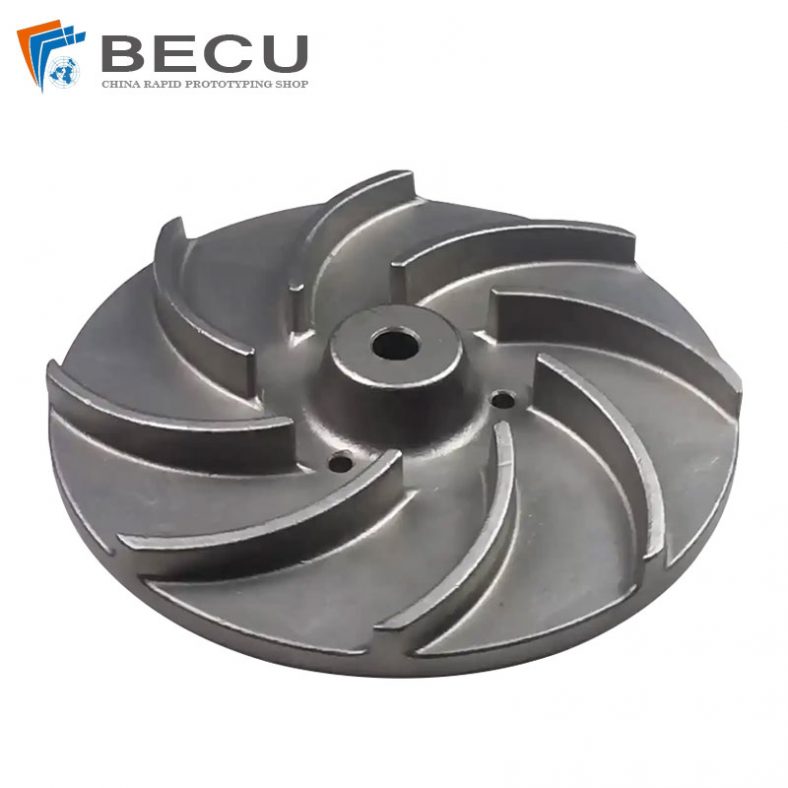
Precision CNC Machining Inconel 718 Cast Impeller
-
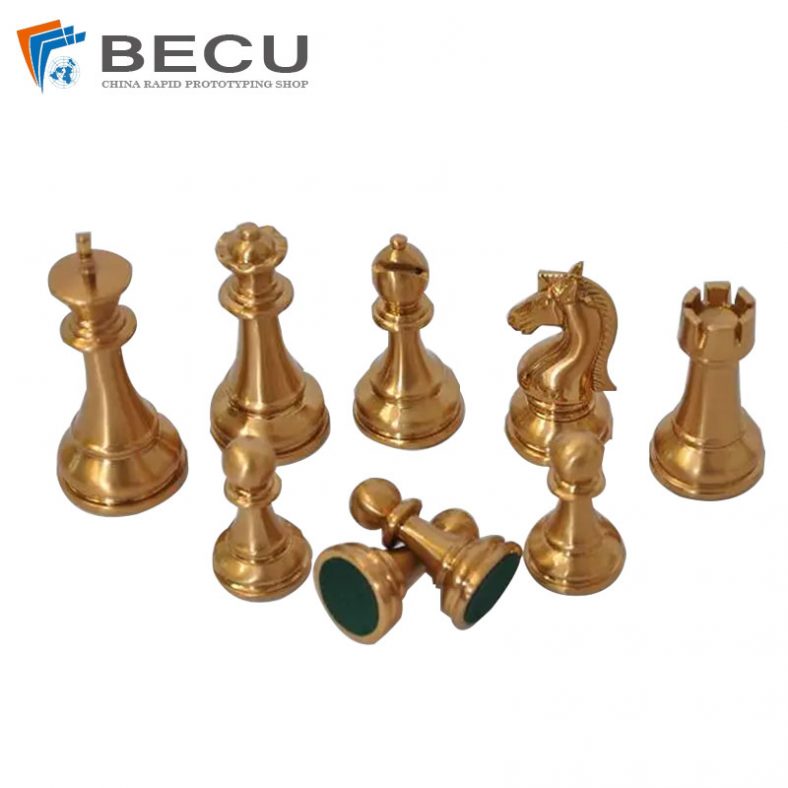
CNC Machining Metal Chess Pieces,Board And Sets
-
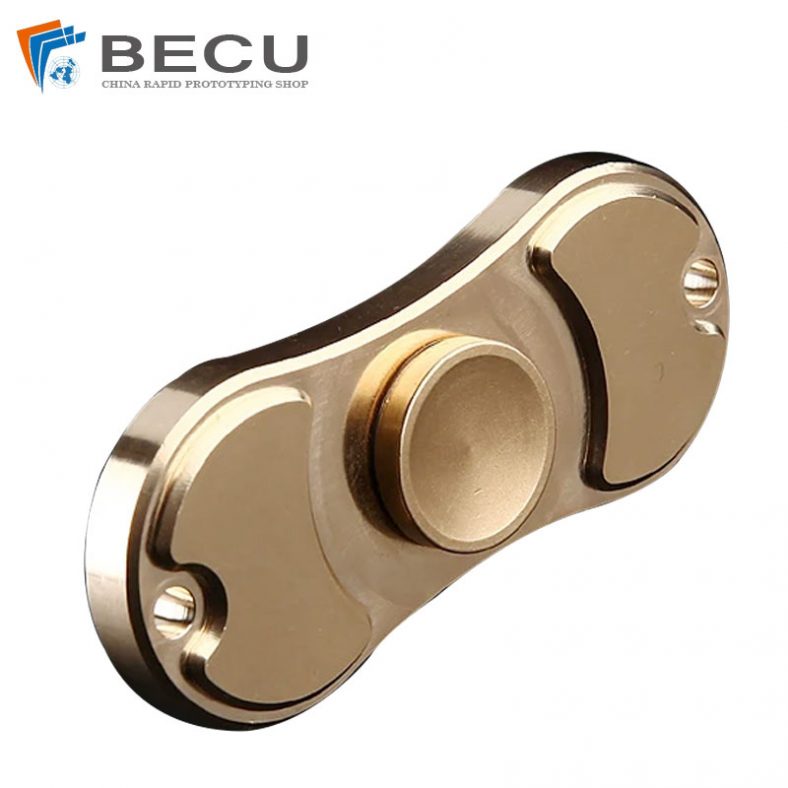
CNC Machined Fidget Spinner
-

Custom Stainless Steel 316 Goblet By Turning
-
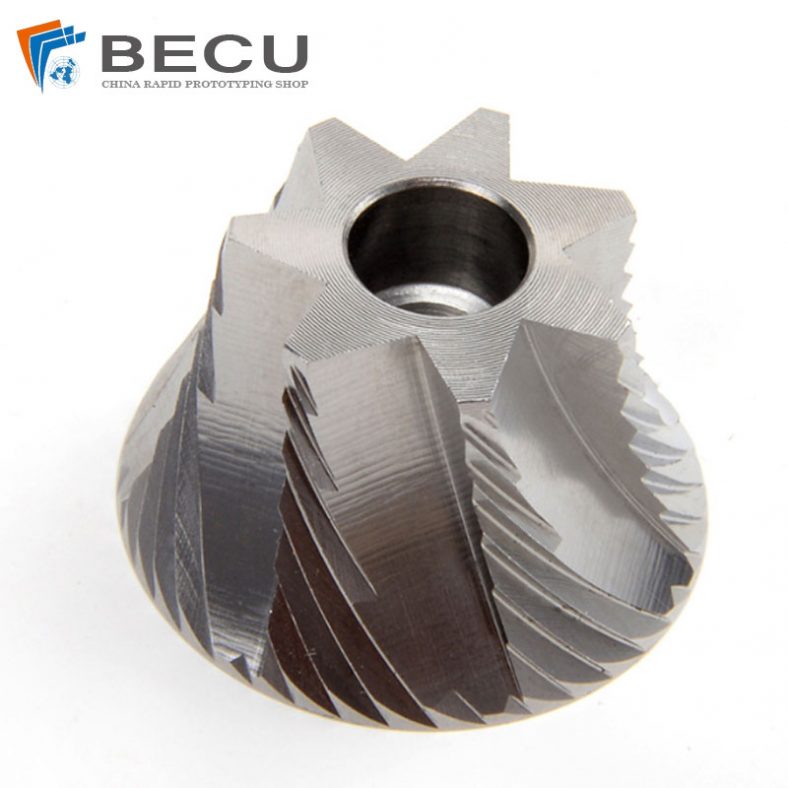
CNC Turning Stainless Steel 316 Grinding Core For Coffee Mill
